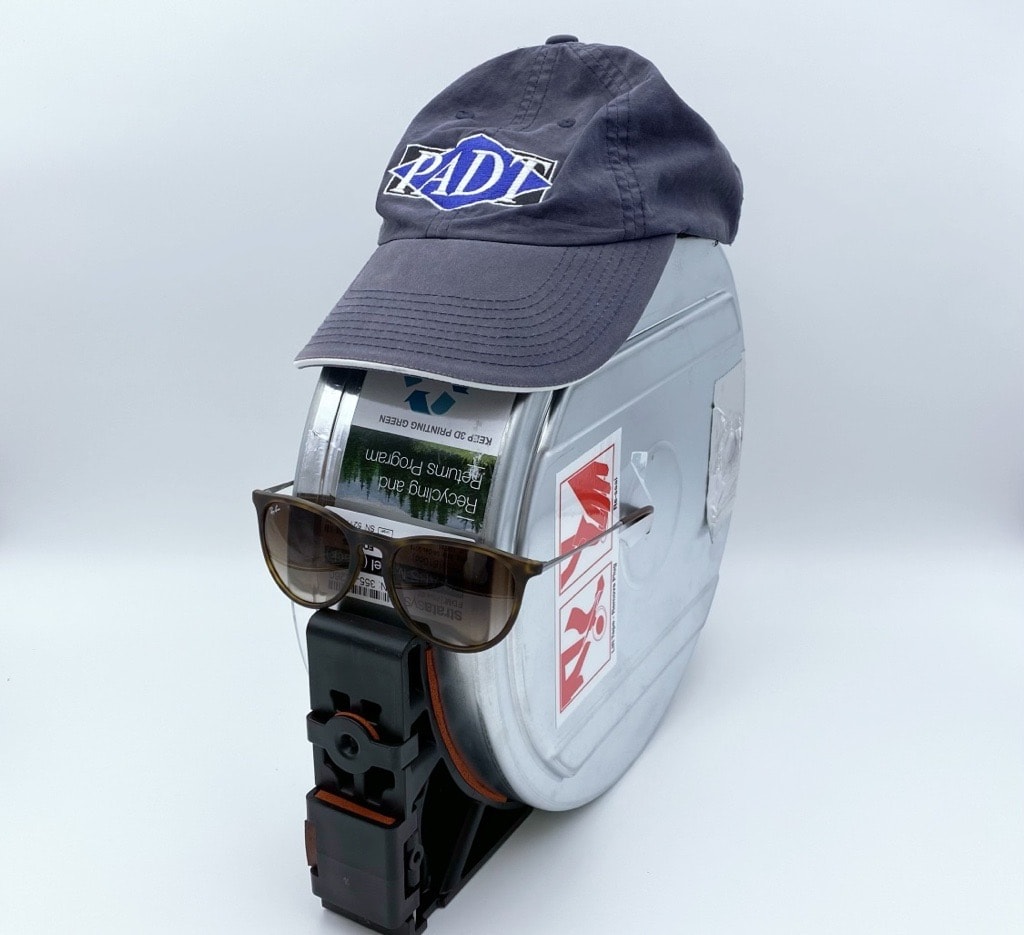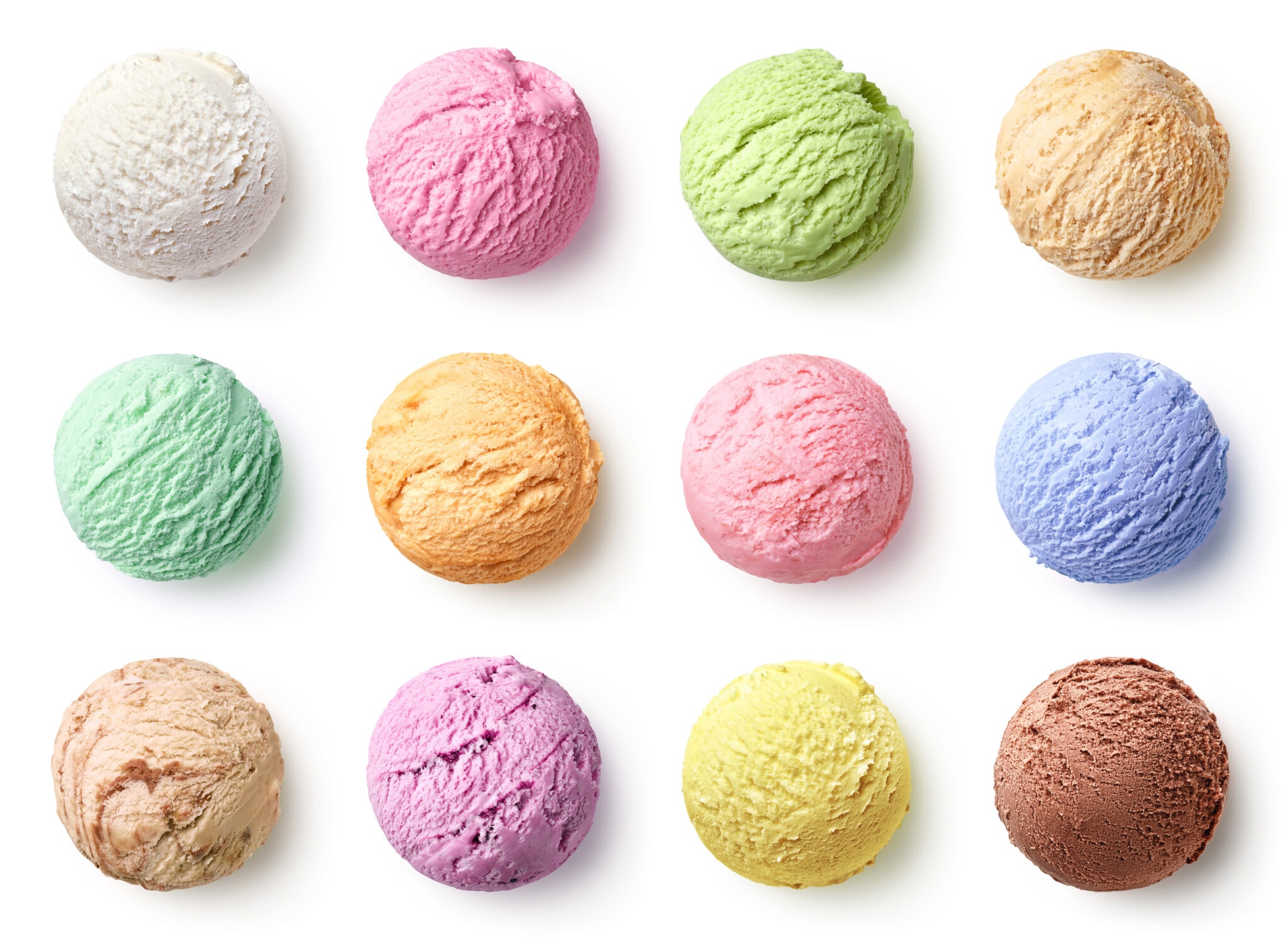
It used to be, if you were thinking of 3D printing a polymer part, you’d select your material by considering several of the classic mechanical factors – ultimate tensile strength, elongation at break, notched Izod impact – and perhaps hardness or durometer. With a little luck, you’d have several options from which to choose, that would meet your end-use requirements (vanilla, chocolate AND strawberry).
While those factors are still important, users have moved to the next level of specification, saying, okay, I can see there are many choices that will make my part strong enough, but will it hold up to high temperatures? And how much does it absorb moisture?
Not only are there multiple types of 3D printing, or additive manufacturing approaches, but the number of possible polymer-based 3D printing materials is now far beyond the 31 flavors of a certain ice-cream company and number in the hundreds (maybe thousands). Here at PADT, we are often working with customers who understand the environment in which their products must operate and are eager to know their options for temperature limits when working with Stratasys polymer-based 3D printers.
We’ve compiled a simple list of the Heat Deflection Temperature (or Glass Transition Temperature, as appropriate) for the most common polymer materials used on the following Stratasys systems:
Origin One (DLP/resins)
FDM (filament)
SAF (powder)
PolyJet (UV light/resins)
For the Origin systems, we’ve also listed moisture absorption data when available.
| AM Technology/Material | HDT ASTM D638, D648 or ISO 75 | Water Absorption INS-6711 or ASTM D570 (24 hr) |
| Values from data sheets | Values from data sheets | |
| P3 Origin (some materials require purchase of Open Material License) | ||
| IND3955 rigid | >300C/572F | 0.30% |
| P3 Deflect 120 rigid | 121C/250F | 0.30% |
| IND403 rigid | 80C/176F | 1.8+/-0.2% |
| IND3843 black rigid | 60C/140F | 1.94% |
| Dura 56 rigid | 52C/125F | 3% |
| IND3172 grey rigid | 51C/123F | 1.4 – 1.6% |
| IND405 black rigid pp-like | 53C/127F | 1% (Internal test) |
| ST45 rigid | 63C/145F | Estimated 6% |
| Somos QuickGen 500 rigid | Tg 62C/143F | 0.57-0.89% |
| IND402 black elastomer | Tg 66C/150F | 3.15% |
| Somos PerFORM HW rigid | 292C/558C | 0.20% |
| P3 Stretch 475 elastomer | __ | (not recommended for sustained fluid contact) |
| MED412 clear rigid | 39C/102F | 0.36% |
| MED413 white rigid | 60C/140F | 1.90% |
| MED413 clear rigid | 60C/140F | 2.13% |
| RG35 Clear rigid | 83C/181F | 0.33% |
| BASF RG 3280 ceramic rigid | >280C | 0.29% |
| WeatherX rigid | 68C/154F | 0.40% |
| Loctite Pro410 black rigid | 66 to 76C/150 to 168F | 0.2 – 0.3% |
| FDM | ||
| ABS-M30 | 100C/212F | |
| ABS-CF10 | 99C/210F | |
| ABS-ESD7 | 101C/213F | |
| Antero | 147C/296F | |
| Antero ESD | 150C/302F | |
| ASA | 97C/206F | |
| Diran | 70C/158F | |
| HIPS | 101C/213F | |
| Kimya PC-FR | 118C/244F | |
| Kimya PEKK SC | 172C/341F | |
| Nylon 6 | 93C/199F | |
| Nylon 12 | 84C/183F | |
| Nylon 12CF | 153C/307F | |
| Nylon CF10 | 62C/143F | |
| PC | 142C/287F | |
| PC-ABS | 102C/215F | |
| PLA | 51C/123F | |
| PPSF | 189C/372F | |
| ULTEM 1010 | 212C/413F | |
| ULTEM 9085 | 172C/341F | |
| Victrex AM 200 | Tg 151C/304F | |
| PolyJet | ||
| Agilus elastomer | __ | |
| Digital ABS rigid | 58-68C/136-154F; after thermal post-treatment: 82-90C/180-194F; possibly +5C more with optional post-treatment | |
| Elastico elastomer | __ | |
| Vero rigid | 45-50C/113-122F | |
| SAF | ||
| PA11 | 185C/365F | |
| PA12 | 173C/343F | |
Reach out to our Application Engineers to help you understand the general properties of these materials (is it comparable to ABS or Polypropylene? Is it rated for smoke/flame/toxicity?) as well as the thermal and absorptive behavior. We are happy to provide you with data sheets. We may not have as many possibilities as Ben & Jerry do, but we’d like to take on the challenge.




















